On the morning of February 23, the Nova-C lander, also known as Odysseus, of the private company Intuitive Machines (USA) landed on the surface of the Moon, marking America's return to the Moon after more than half a century.
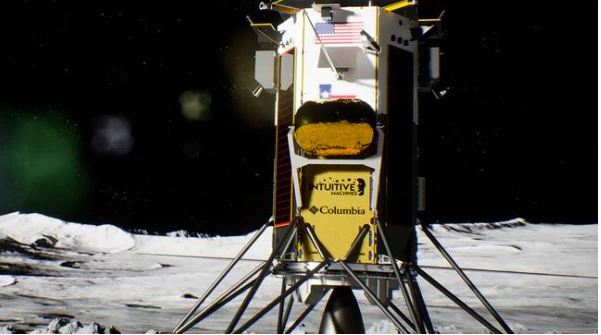
Intuitive Machines confirmed that it had contacted and received a signal from the spacecraft. “There is no doubt that our equipment is on the surface of the Moon and we are transmitting,” Intuitive Machines chief technology officer Tim Crain said.

The spacecraft took off from the Kennedy Space Center in Canaveral, Florida, aboard a SpaceX Falcon 9 rocket. The Odysseus landing marked the first controlled landing by a U.S. spacecraft on the surface of Earth's natural satellite since the Apollo 17 mission in 1972.
Odysseus' primary mission on the lunar surface is to survey the environment, resources, and potential hazards in preparation for a human mission to the Moon, and to focus on collecting information on the interaction between space weather and the lunar surface, radio astronomy, precision landing technology, and navigation.
Previously, another private American company, Astrobotic Technology, failed in its mission to land the Peregrine vehicle on the surface of the Moon. The cause of the failure was believed to be a leak in the propulsion system.
SOUTH
Source




![[Photo] Overcoming all difficulties, speeding up construction progress of Hoa Binh Hydropower Plant Expansion Project](https://vstatic.vietnam.vn/vietnam/resource/IMAGE/2025/4/12/bff04b551e98484c84d74c8faa3526e0)

![[Photo] Closing of the 11th Conference of the 13th Central Committee of the Communist Party of Vietnam](https://vstatic.vietnam.vn/vietnam/resource/IMAGE/2025/4/12/114b57fe6e9b4814a5ddfacf6dfe5b7f)



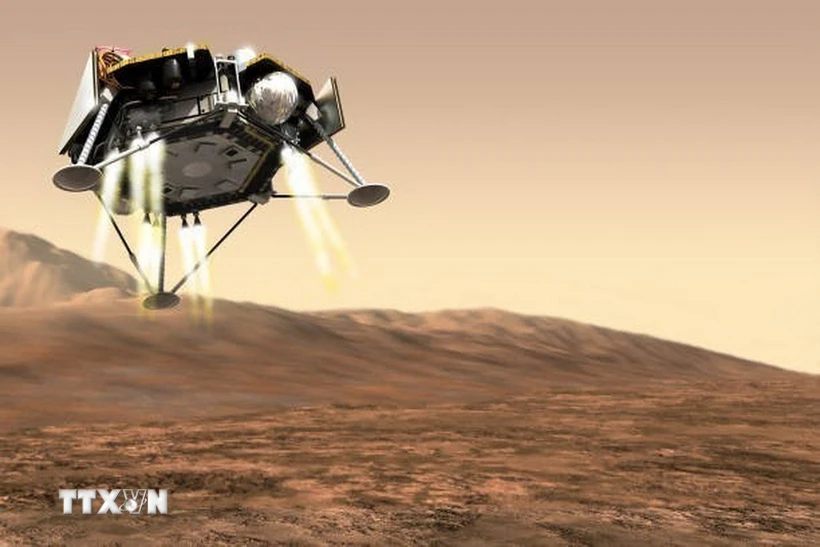

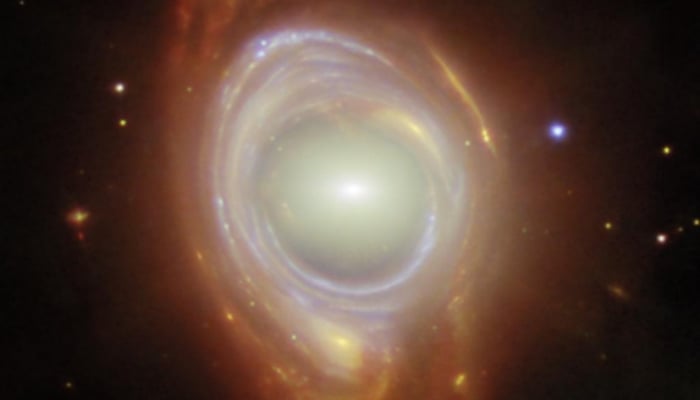

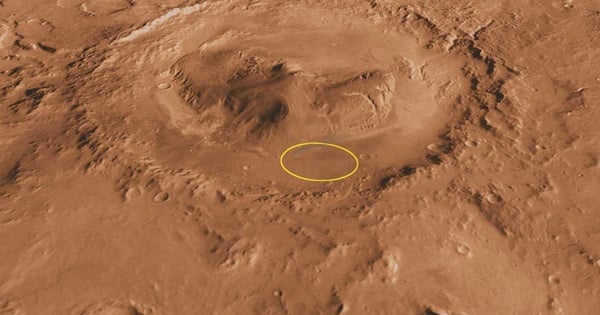



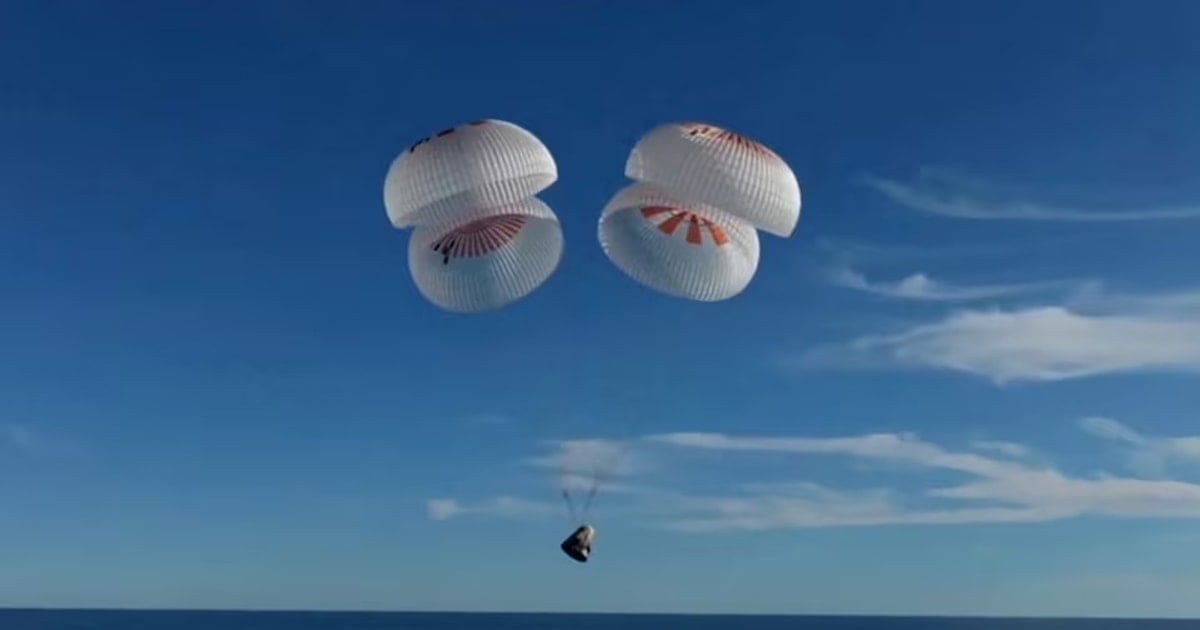

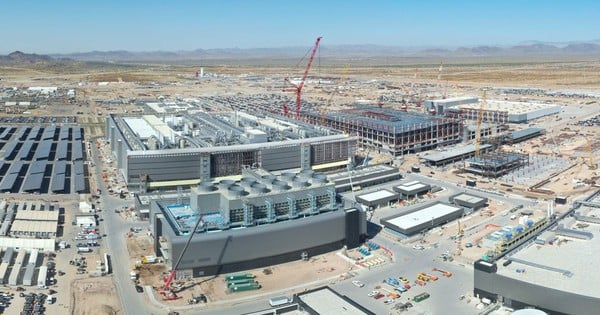

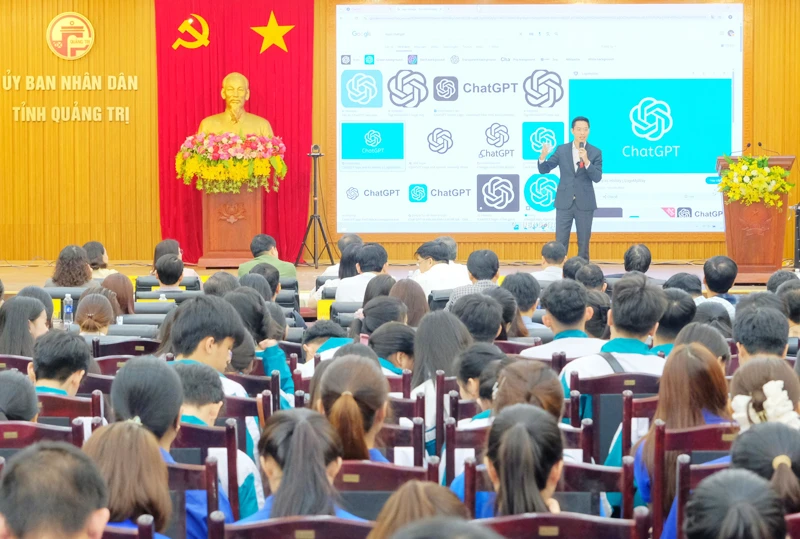









































































Comment (0)